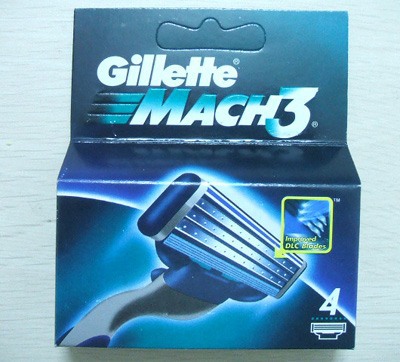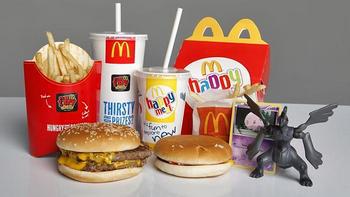The product mix constitutes not only a single product line but all the products within an organization. A company like HUL or P&G or even top automobile companies like Volkswagen or General motors have multiple product lines and many strategic business units in their organization structure. Each product within the structure forms a part of the product mix. In essence, multiple product lines forms the complete product mix.
Thus, when we have to decide the product mix pricing, we have to decide the effect on the overall pricing and the ripple it will create on multiple product lines. If Dove has multiple products in its portfolio, and it starts one cheap product, it can affect the brand equity of dove and the profitability of Dove product line will drop. If the profitability of Dove drops, the revenue available for other products lines to be marketed also drops. Thus, a wrong product mix pricing decision is avoided by companies at all cost.
In general, there are 6 types of product mix pricing used by any organisation to take care of their product mix and product lines.
Table of Contents
Let us discuss each type of product mix pricing in detail.
1) Product line pricing

Product line pricing is used when the prices within the product line is kept variant so that the customer purchases one or the other product within the product line. If Philips has a line of Mixer grinders, then it will have one in the lower range, one in the medium range and one in the higher range, so that it can satisfy each type of customer. When you want to plan product mix pricing, you have to ensure that target markets of the complete product line are covered.
2) Optional feature pricing
Many a times, an organisation charges extra for an added feature that it provides and the prices are kept on the basis of the feature which is being provided. Hotels and resorts will charge more for Scenery facing views. Similarly in core products, products like the Hyundai I20 come in 3 variants – Asta, Magna and Sportz, each of them cheaper then the previous one based on the features they provide (Asta being the costliest). As the features increase, so thus the pricing.
3) Captive product pricing
It is a smart manoeuvre by the likes of Hewlett Packard and Gillette which are dominating their respective markets. These companies have introduced the main product at very low cost (Printers and Razors) and they are selling the supporting products or the ancillary products at a good margin. Printers do not work without cartridge refill and Razors do not work without blades. So if the margin is high for Cartridge and Blades, these brands can well afford to give the main products at cost price also. However, a minimum margin is kept for the base product and higher margin is kept for ancillary product. It is an interesting form of Product mix pricing.
4) Two part pricing
When we go to an amusement park, there is a basic entry fee and then the fees for each ride is separate and the refreshments are also separate. This is known as a two part fee. The initial fee is for the maintenance of the amusement park and the second fee is for the maintenance and the profits of the amusement rides within the park. A similar structure is observed in telecom companies where they charge you a basic amount on monthly basis and then the extra charges are based on your total usage.
5) By Product pricing
By product pricing can simple be explained with the example of Crude oil. Companies like British Petroleum and Shell deal in a lot of Crude Oil and these companies also provide the finished goods like oil and petrol. So the pricing of the raw material as well as its by product is kept different. Generally, it is kept on the basis of cost of production of the by product. A similar pricing is observed in coconut oil production where the remaining coconut is rich in fibre and can be used as fertiliser. Sugarcane is used to make Sugar but after making sugar, the cane is sold off to building material manufacturers and sold off as Wood material.
6) Product bundling pricing
Generally most product line prices deal with an individual product but a product bundling price deals with the combination of multiple products. On any given weekend, you will see the magic of Product bundling price whenever you see the promotional section of your newspaper.
One retail store or another will be offering 1 packet of Oil free with 2 packets or 1 jeans free on the purchase of 2 shirts, so on and so forth. This is a kind of product mix pricing which is used to push more product in the market at a lower price point. The margins are lesser but the cash movement is much faster, thereby giving liquidity to the brand. It is a favourite tactic of start-up brands.
So, the above are the 6 types of Product mix prices you can use to promote products based on pricing in the market.
Liked this post? Check out the complete series on Pricing



after going through some of the posting , I have come to understand marketing how you have simplified the Notes .This will definitely help me to answer some examination questions in the up coming mid semester